MICROGRID Power Plant
Learn More →
Decentralized Renewable Energy
MICROGRID Power Plant & ENERGY Community
ENERGY Community
Learn More →
Off-grid mode
Off-grid or On-grid mode
projects installed on the ground and/or building-integrated photovoltaic and micro wind turbine (BIPvWt) system (Smart Buildings)
Decentralized Non-Intermittent Renewable Energy Production, based on local energy sources.
Decentralized-Standalone (Dec-Sa) Green Hydrogen Generation.
Storage as a component in the smart grid: local solutions of Green & Safe Battery and Green Hydrogen Storage Technologies.
A Internet of Things (IoT)-based scheme for Microgrid-Enabled Intelligent Buildings to achieve energy digitalization and automation with a renewable energy self-consumption strategy. A Novel Self-consumption with 100% Renewables (for industrial, commercial and residential buildings).
Smart Electrical Distribution Network (consist of two parts, the supply-side and the demand-side), which optimize the energy production, transmission, distribution and local consumption.
Breakthrough technologies to optimize smart energy’ operations of decentralized renewable energy generation and provide a superior service, resource optimization, and distributed generation, supply, and smart grid control.
Autonomous integrated microgrids (AIMG) Systems (Modular & Scalable Microgrid Renewanle Power Plants to produce energy non-intermittently renewable electricity).
Microgrids utilize Power Purchase Agreements (PPA).
Renewable Energy Certificate (REC). Guarantee of Origin (GO or GoO) of electricity generated.
The strategic and operational process for the support of our customers with value-added energy services.
The Hydrogen Refuelling Stations or HRS is built integrated in a hydrogen production system from renewable energies, with electricity obtained from solar photovoltaic energy.
DABITRON promote, design, build, own and manage power generation assets, Modular & Scalable Microgrid Power Station island mode, systems of decentralized energy production with a global focus by using local renewable energy combined with centralized electrical storage systems (BESS), green hydrogen (H2) storage, and Hydrogen Refuelling Stations (or HRS) integrated in a centralized Smart Electrical Distribution Network, all working perfectly together, to produce an efficient, sustainable and reliable energy supply. The DABITRON’ Microgrid’s produce local energy non-intermittently renewable electricity and provide 100 % renewable energy under a long-term agreement.
DABITRON aim to creating local Decentralized Renewable Energy Microgrids installed on the ground (on the not unused lands) and/or building-inte grated photovoltaics (BIPV), fortheir implementation in different c ountries in the world, through innovative and profitable production processes, aligned with environmental protection and the development of the communities in which we operate.
DABITRON’ Microgrid’s are modular in design with the ability to meet specific customer needs to satisfy the requirements of commercial and industrial businesses, mine sites, small communities, rural electrification, and government utilities.
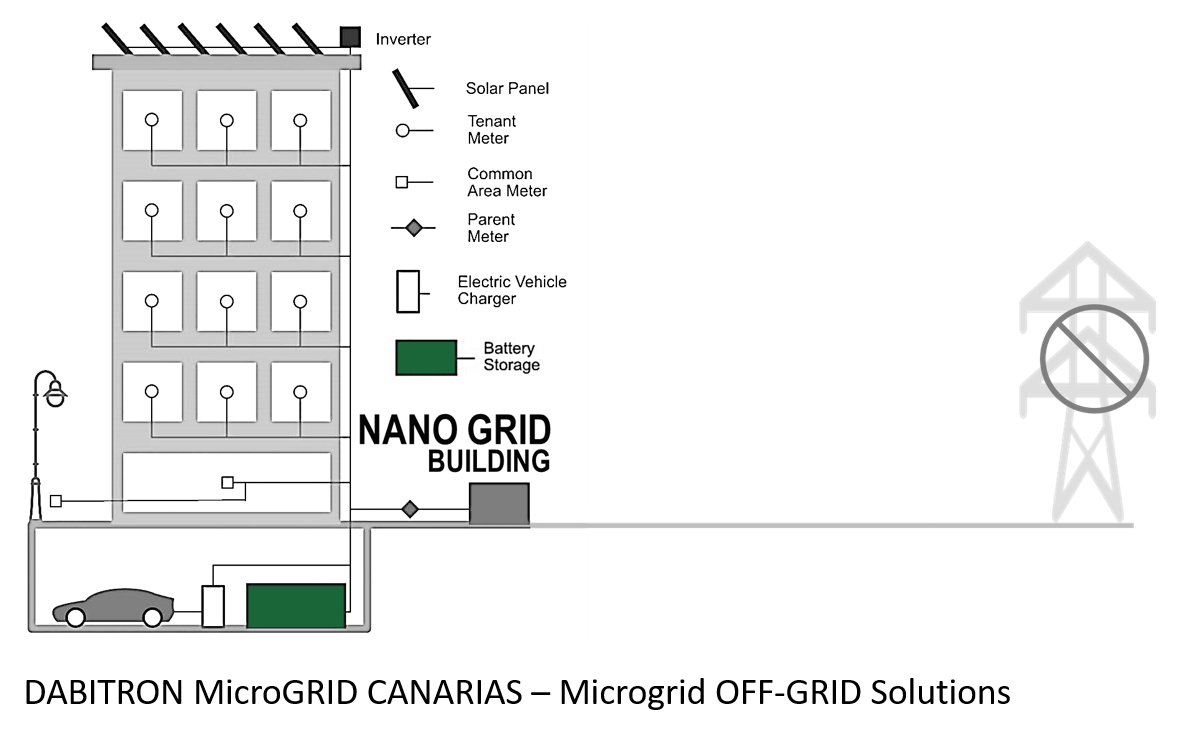
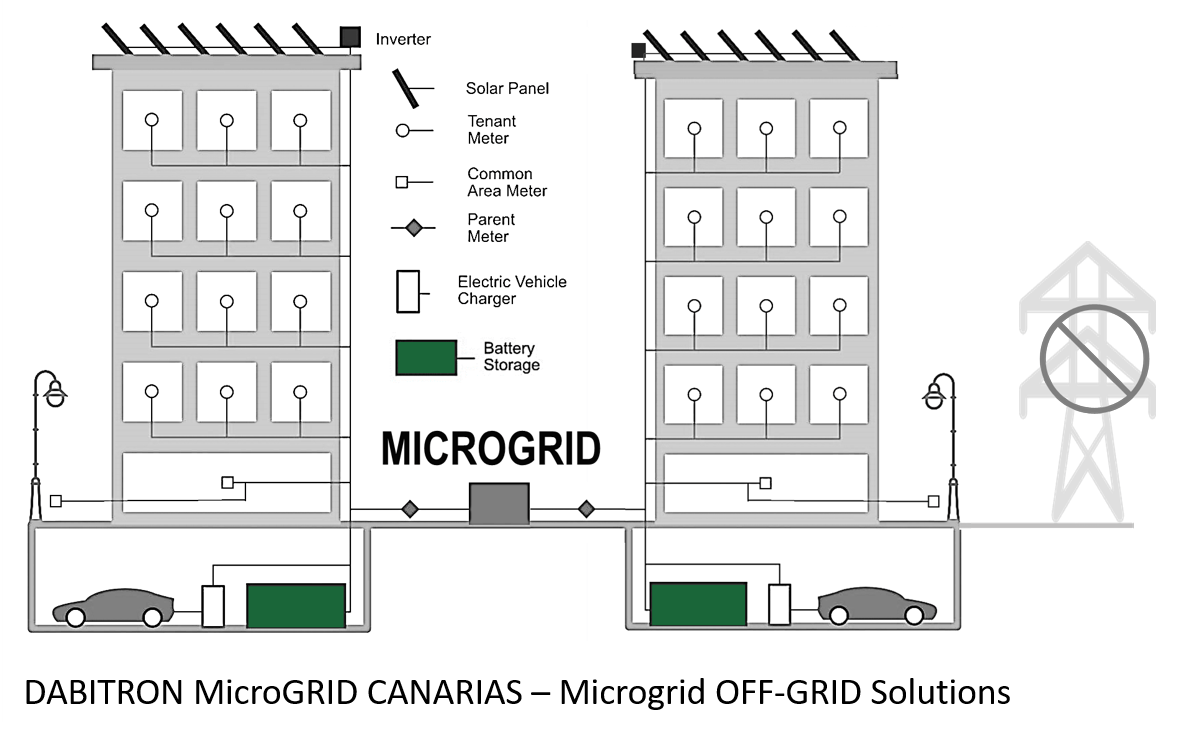
DABITRON’ Decentralized Renewable Energy Microgrid’s offer benefits such as local production non-intermittently renewable 100% energy, control over energy costs, reducing 100% dependence on fossil fuels, reduced reliance on the grid increased self-sufficiency, and providing greater energy security. It's about providing cost-effective electricity solutions that maximize the use of renewable energy and enable communities and/or any organization to, individually or collectively, benefit from local generation, storage and supply and they have the potential to create several co-benefits:
Energy cost savings
A microgrid can help to optimise energy costs: by reducing reliance on traditional fossil fuel sources, a microgrid can help lower energy costs and improve your bottom line through demand management.
Power reliability
Aincreased energy reliability for critical facilities, such as the public safety buildings, and emergency care, and shelter sites: a microgrid can provide a reliable source of electricity in areas with frequent power outages or unreliable grid infrastructure. With its own generation capacity and energy storage, a microgrid can ensure that critical loads are always powered.
Resilience
A microgrid can provide resilience in the face of natural disasters, extreme weather events or other grid disruptions: by having its own generation and storage capabilities, a microgrid can continue to provide power to critical loads even when the larger grid is down.
Environmental sustainability
Reduce the reliance on fossil fuel sourced, through the use of renewable energy sources: a microgrid can reduce carbon footprint by generating and storing renewable energy on-site. This can help meet sustainability goals and reduce impact on the environment.
Energy independence
The energy independence for the privat customers, industrial and logistic sector: a microgrid can provide energy independence by allowing you to generate and store own power. This can be particularly useful in remote or off-grid locations where access to grid power may be limited or non-existent.
Local economy
Create local jobs and manufacturing industries.
Electrification of isolated areas
Microgrids rapresent a solution for rural electrification and in isolated or remote areas where energy access is limited or nonexistent to provide much-needed resources.
Energy Communities
Community building and greener community.
Energy Communities
Community building and greener community.
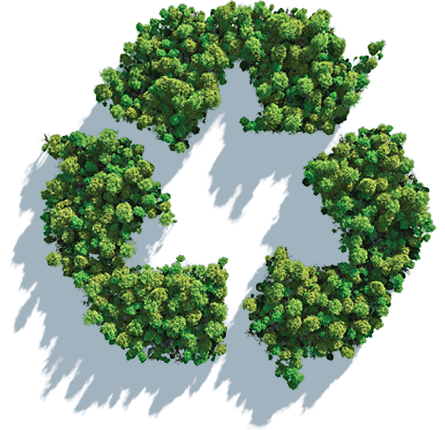
The Energy Transition Starts At Local Level.
Renewable Energy Communities (CERs) bring together domestic users, businesses and public administrations to generate, share and consume clean, locally produced energy together. CERs allow communities to switch to clean and renewable energy, by allowing you to generate and store your own power, reducing dependence on foreign energy, benefit from a local Energy independence, and thus reducing the cost of energy. Those who participate in the Energy Community decide to rely on a sustainable development model, based on local sharing, which allows them to reduce their dependence on the national electricity system. In this way, the CERs are not only able to independently satisfy their own energy needs, but favor the creation of realities based on energy solidarity: the members of the CERs in fact share every phase of energy production, consumption and sharing, according to principles of social, economic and environmental responsibility.
Energy Communities are made up of prosumers, who generate and use energy, and consumers, who consume energy. “Prosumers” could also be active consumers of energy because they consume and produce electricity.
Various types of prosumers exist: residential prosumers who produce electricity at home – mainly through solar photovoltaic panels on their rooftops, citizen-led energy cooperatives or housing associations, industrial and/or commercial prosumers whose main business activity is not electricity production, and public institutions like schools or hospitals.
Usually, a local business with a large rooftop space plays the role of prosumer. Install renewable energy assets like solar panels and produce a surplus of clean energy. The prosumer uses what he needs and shares the remaining excess energy with members of the local community.
Every member of the community, whether prosumer or consumer, benefits from a reduction in the cost of energy and therefore lighter bills. This happens thanks to the consumption of clean energy produced locally.
In short, consumers, prosumers, local communities, the environment and the network can benefit from energy communities!
Distributed generation (also called on-site generation or decentralized generation) is a term describing the generation of electricity for use on-site, rather than transmitting energy over the electric grid from a large, centralized facility (such as a coal-fired power plant). By generating electricity in smaller amounts closer to end-users, we can dramatically increase energy efficiency, reduce carbon pollution, improve grid resiliency, and curtail the need for new transmission investments.
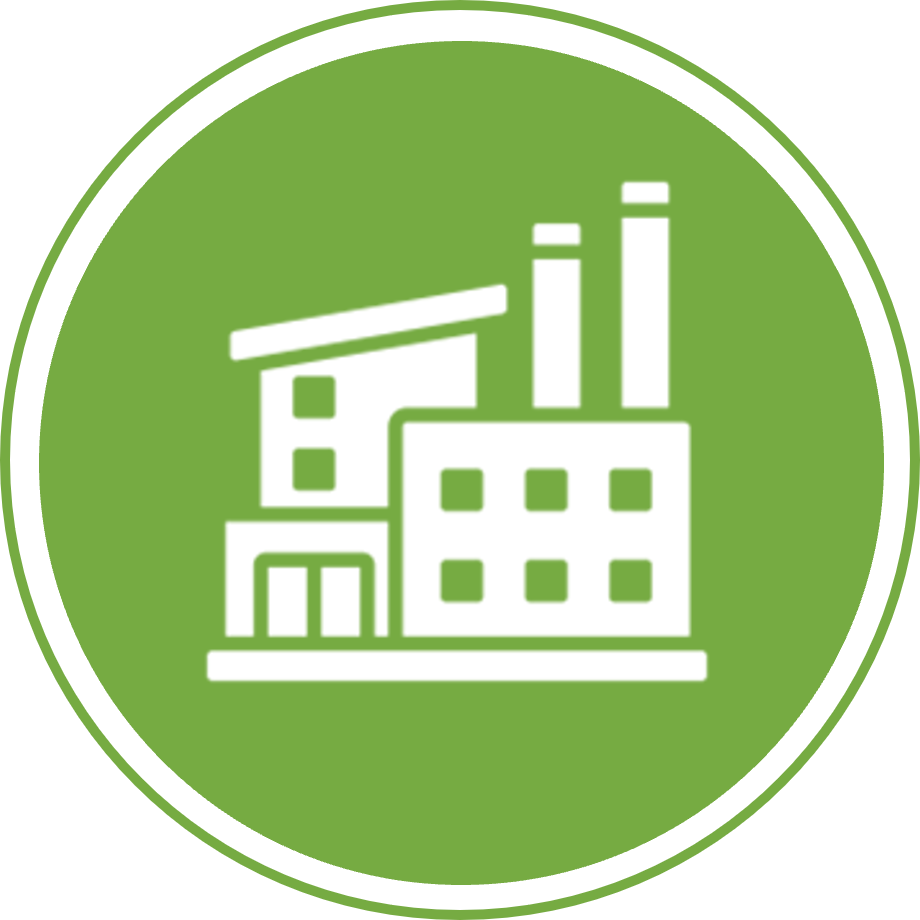
Energy Community in industrial areas

Logistics Zone
Energy Communities in logistics areas.

Hotels and Holiday Resorts Community
Energy Communities for the hotel sectors.
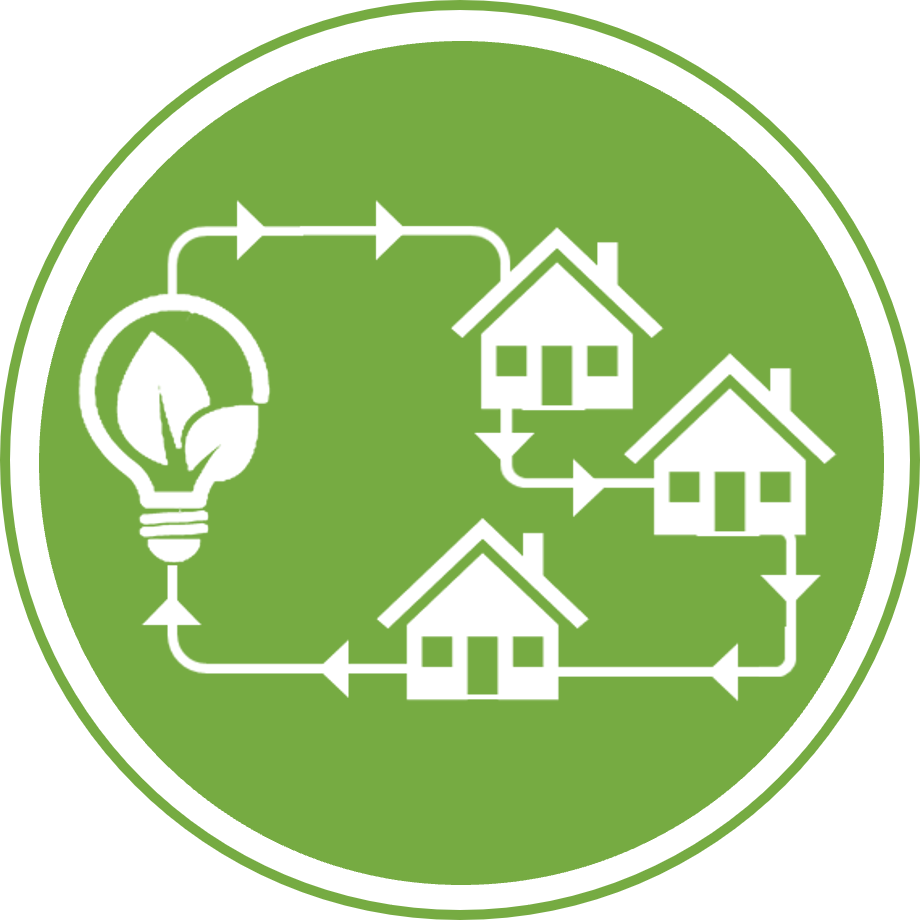
Rural Community
Rural Energy Communities.
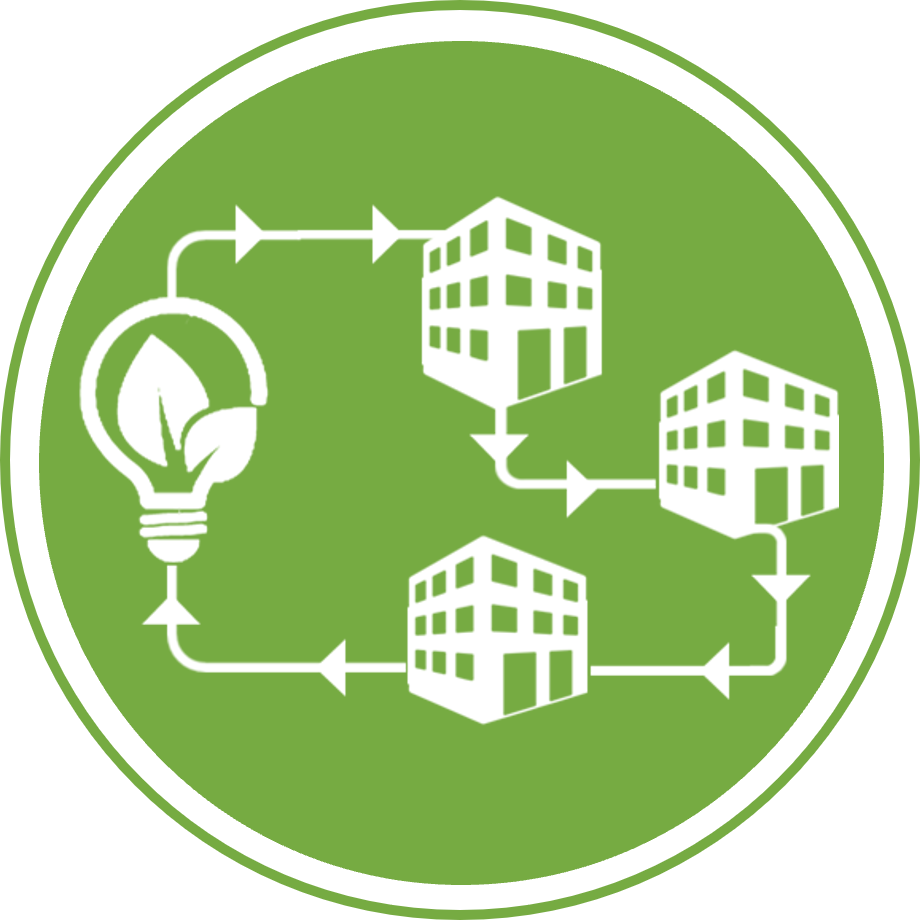
Residential Community
Residential Energy Communities.
Energy is produced close to where it will be consumed.
Energy storage equipment, such as batteries, and hydrogen help keep the internal grid that powers the community stable, storing energy when supply exceeds demand and feeding it back into the internal grid during peak hours.
Demand response is important for managing internal grid stability and involves reducing or shifting electricity use during peak periods to better match energy demand with supply.
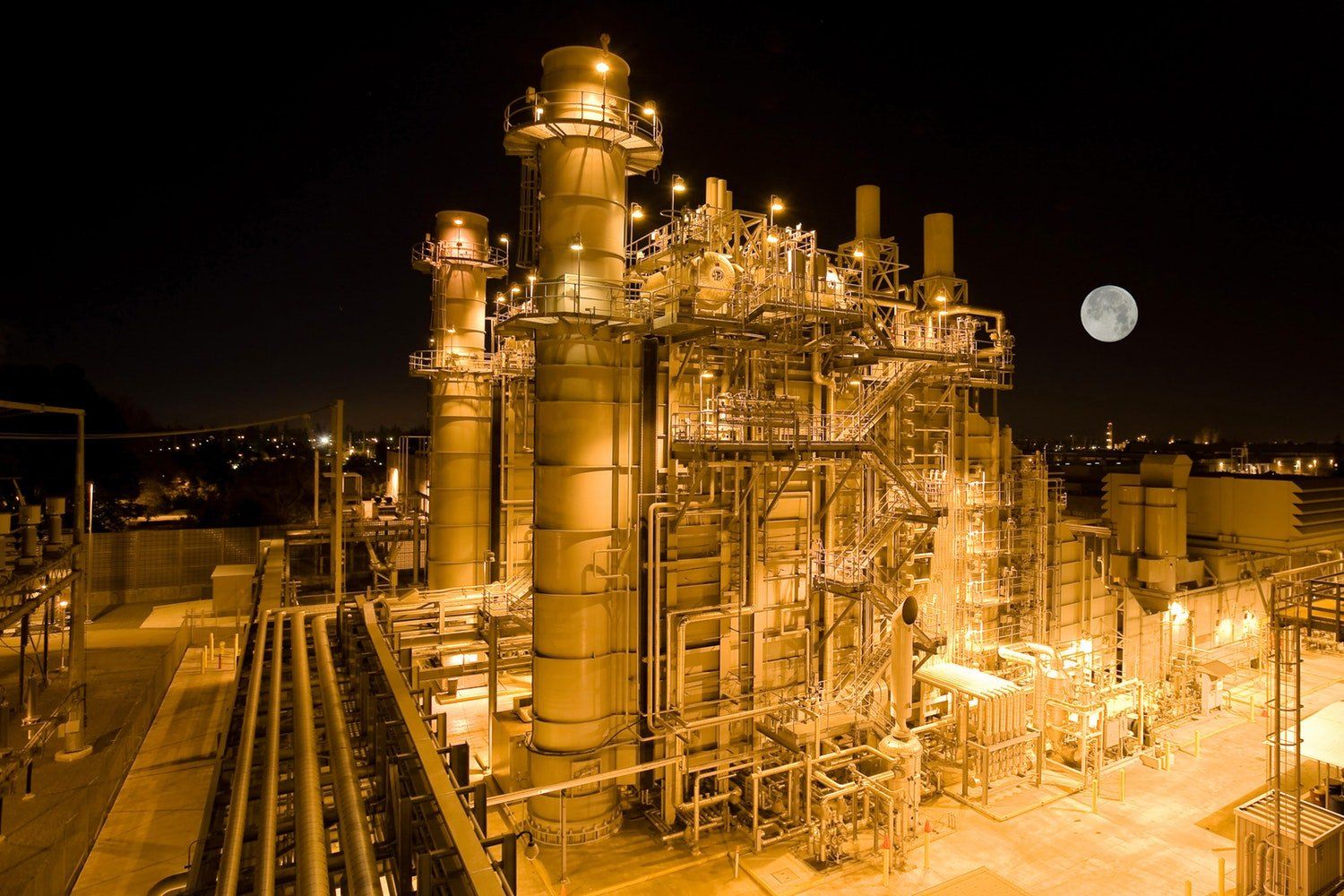
We proposing on-site decentralized power generation from renewable energy (RE) projects to meet enormous energy needs, for large industrial customers, local communities, as well as a way to improve the resiliency of power infrastructure in the face of hurricanes, floods and fires ...

We provide Turnkey Projects - tailored decentralized power generation solutions that produce 100% renewable electricity non-intermittently to provide local clean electricity 24/7...
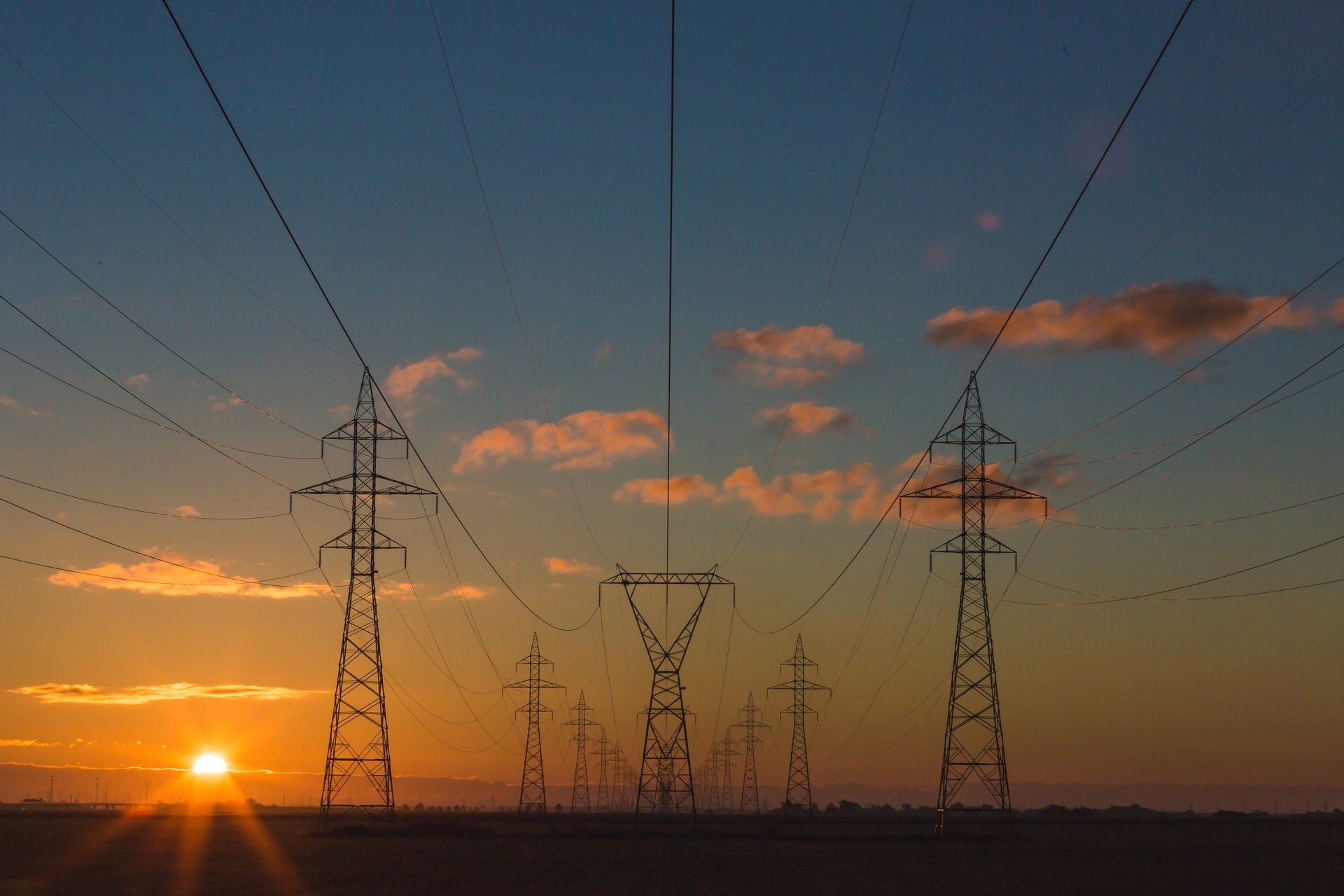
Turnkey Solutions for a reliable electricity supply, with fast-responding energy storage systems ...

Our proposal for Sustainable Energy for Africa Rural includes the build Microgrids, Technology And Energy Communities, large and small-scale projects that increase the amount of local electrification with a local clean, renewable energy ...

Green energy solutions to reduce the reliance on diesel fuel in rural and remote communities ...
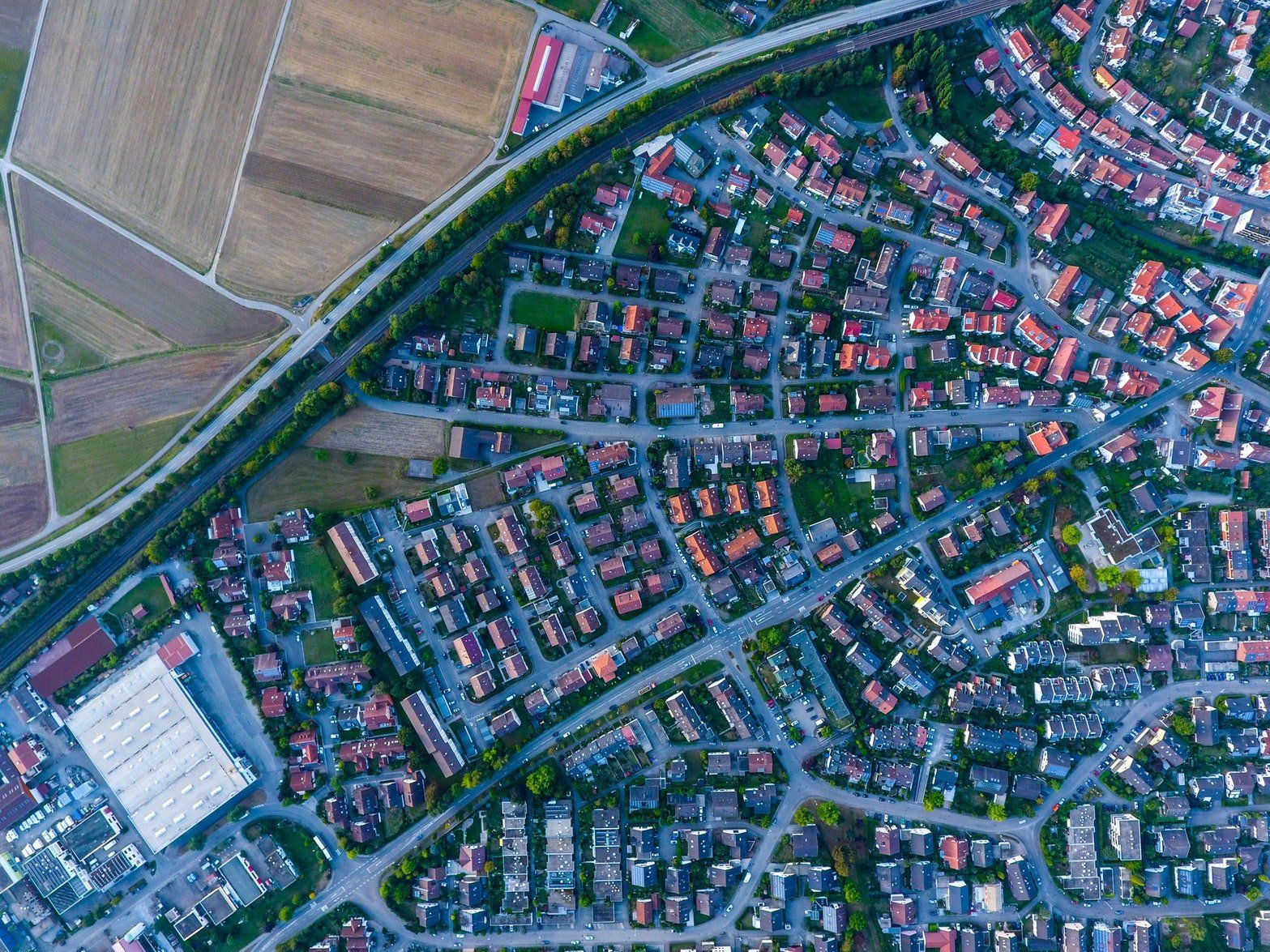
Microgrid systems help communities achieve local resilience for vital services and interdependent community assets ..

Energy communities in logistics areas are a new way of managing energy production and consumption in these sector that make it possible to generate, and use energy more efficiently and sustainably by involving local different renewable innovative technologies, to face the energy transition and provide themselves with his self-consumption from local hybrid energy facilities in the best possible way ..

Energy communities in industrial areas are a new way of managing energy production and consumption in these sector that make it possible to generate, share and use energy more efficiently and sustainably by involving local different innovative renewable technologies ...
The Economic, Social, and Environmental Benefits
Energy Communities bring together companies, residents and local administrations who are looking for innovative ways to save money and protect the environment as well as support local development.
Community energy projects have multiple economic and environmental benefits. Given the uncertainties about future energy prices and the vulnerabilities of centralized power generation, community energy is an appealing alternative to depending on large utility companies. Community energy allows self-sufficiency, can reduce costs, helps stabilize energy supplies, and is also far more resilient to storms, flooding, and other natural disasters than regular grids (community energy can provide power even when the grid is down).
Here are some of the benefits of energy communities.
100% use of renewable energy
access to local, sustainable energy sources and mobility.
Reduction of carbon footprint
by generating clean energy locally, Energy Communities significantly reduce greenhouse gas emissions. This reduction helps mitigate climate change and create a healthier environment for all.
Reducing energy costs
savings for the end consumer. Fixed price for +20 yearsEnergy communities can help households and small businesses to reduce their energy costs by purchasing renewable energy collectively, and through collective bargaining, they can access better energy tariffs and deals and at a fixed price.
Cost savings thanks to the integration of renewable energy
by adopting local renewable energy solutions, companies can reduce energy costs in the long run, can lead to significant savings on electricity bills.
Energy security
Local ‘zero-mile’ renewable energy production avoids energy waste through losses during distribution.
Fuel poverty
community energy reduces energy bills, and help to make energy more affordable. Local job creation.
Network efficiency
One of the problems in our power system is losses in transmission. This can be reduced by relocalising production and keeping it closer to the place where the energy will be consumed.
Autonomy
high priority in local energy independence. It creates long-term income and gives people more control over a stable, secure supply and the money they spend on energy.
Resilience
With localised production, greater efficiency and greater control of energy, communities are much less vulnerable to price rises in the future.
Local economy
community energy schemes promote the local economy and generating employment, create jobs locally, and income from them strengthens the local economy, especially in places where economic opportunities are scarce.
Reducing emissions
reduction of CO2 emissions and use of fossil fuels.
POWER YOUR BUSINESS WITH 100% RENEWABLE ENERGY

local Green Hydrogen Power Plants "DABITRON H2 SYSTEM LOOP ®" projects that produce energy non-intermittently renewable electricity to provide 100 % renewable energy under a long-term agreement. We offer ongoing service, support, and monitoring to assure your asset will continue to run at peak performance.




For MICROGRID Power Plants, We provide complete end-to-end services from development to financing, construction, procurement, operations and energy supply, regardless of the identified solution or customer.
Get in Touch
Grazie per averci contattato.
Ti risponderemo il più presto possibile.
Si è verificato un errore durante l'invio del messaggio.
Riprova in un secondo momento, grazie.
We harness the earth’s most abundant resources – the heat of the sun, the purity of the water and humidity in the air – to power a sustainable future with local 100% renewable energy. Combining utility-scale solar, storage, hybrid energy, and grid solutions as well as entire hydrogen value chain and tailored services, DABITRON planning, develops, constructs, and operates renewable hydrogen power plants, solar farms, energy storage facilities, hybrid energy park and microgrid plants. Together we can create a brighter future for everyone, more quality of life, energy access for any community and a local Sustainable Development in harmony with the environment.